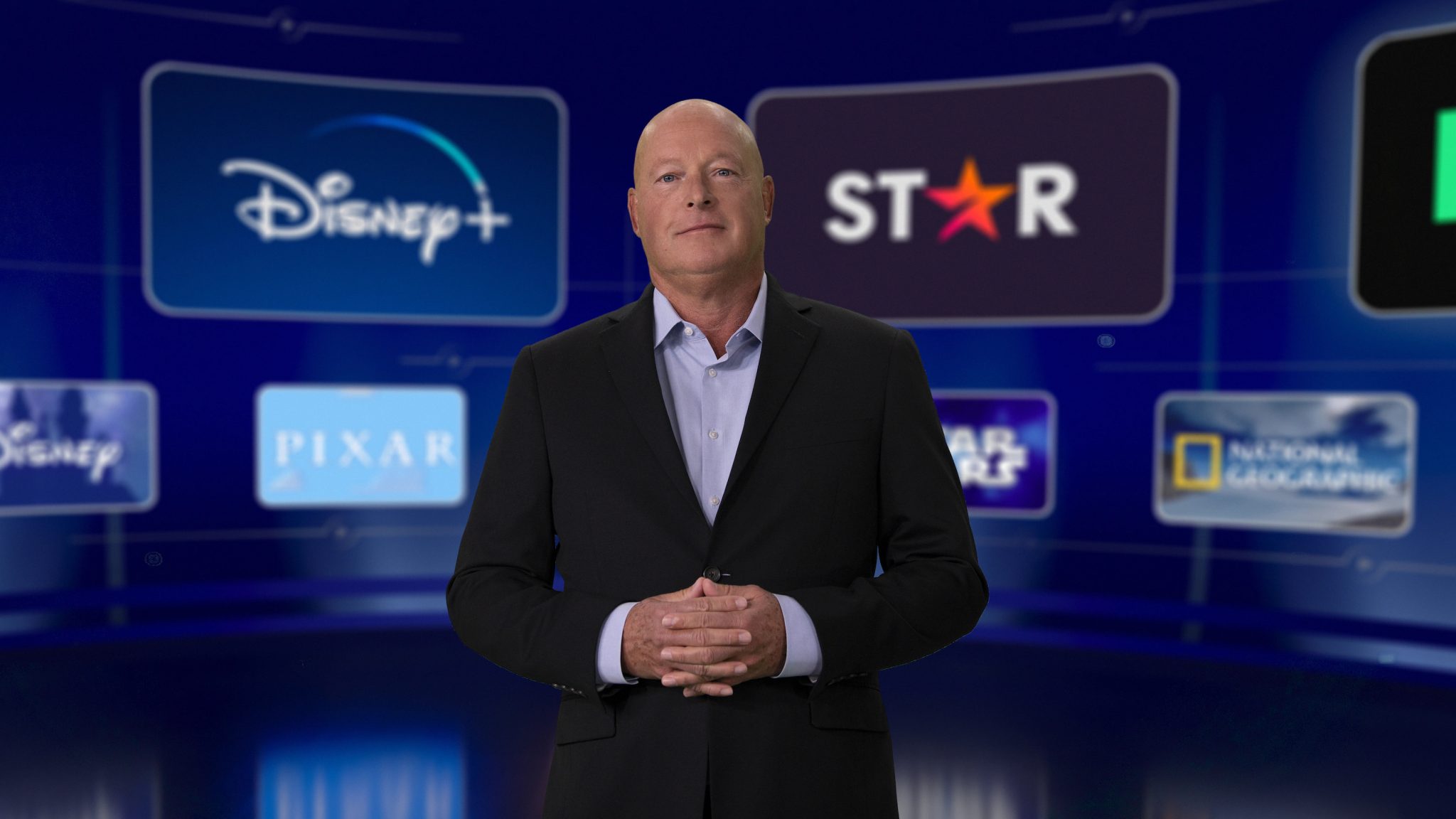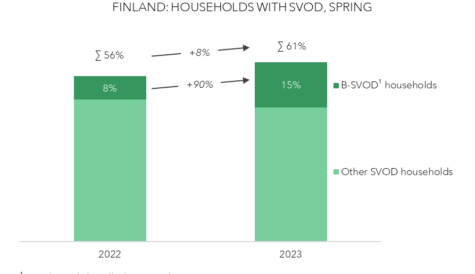
After more than 40 years of operation, DTVE is closing its doors and our website will no longer be updated daily. Thank you for all of your support.
Disney+ to reach US$4 billion in US subscription revenue alone by 2022
Disney+ is set to surpass US$4 billion in revenue from US subscriptions alone by 2022.
According to eMarketer, the rapid growth of the streamer which launched in 2019 is set to continue in the coming years.
The firm noted that the streamer amassed US$0.13 billion in subscription revenues by the end of 2019 – representing a decent intake from a month and a half of availability. It estimates that Disney+ will end 2020 with US subscription revenues of US$1.94 billion, rising to US$2.87 billion for 2021 and up to a staggering US$4.23 billion by the end of 2022.
At present, Disney+ represents 26.5% of Disney’s subscription OTT revenues in the country, with Hulu still dominating the business at 67.6%. Sports streamer ESPN+ makes up a more modest proportion of 5.8%.
The firm says that the two primary Disney streamers will cement it as the second-largest streaming player in the US based on subscription revenues. Its entire streaming division will be almost on a par with Netflix by 2022 in the US, with Netflix at US$12.95 billion and Disney at US$12.36 billion
Eric Haggstrom, eMarketer forecasting analyst at Insider Intelligence, said: “Hit shows like The Mandalorian, Disney’s vast library, key distribution deals, and a massive marketing push drove strong initial growth in subscribers. It’s expected to continue to grow off that base as it ramps up content releases and brings some movies straight to the service, instead of a theatrical release in some cases.”
Disney’s expansion will also contribute to wider OTT growth in the US, with total revenues for the sector expected to increase by 29.9% in 2021 to US$38.15 billion. 2022 will see reduced growth of 19.4% as the sector reaches maturity.
Haggstrom added: “The subscription streaming landscape continues to expand. The good news for dominant player Netflix is that while new services like Disney+ have had successful launches, many consumers have been simply stacking services together.”



